This vessel resembles something straight out of a science fiction movie or illustrated by AI, but in reality, it is the first offshore fish farming facility of its kind.
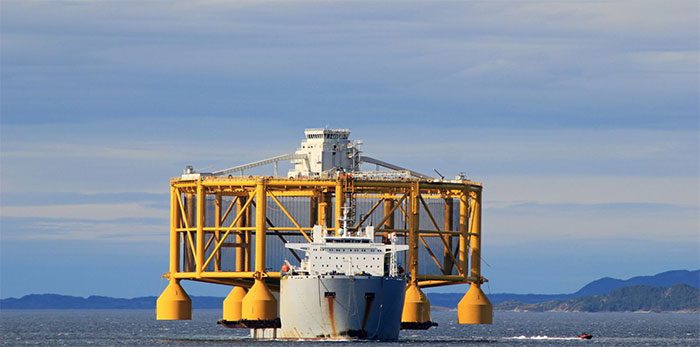
Ocean Farm 1 is the first offshore fish farm in the world. It has a capacity of 250,000 cubic meters and can withstand earthquakes of up to 12 on the Richter scale. Equipped with around 20,000 sensors, it achieves complete automation to nurture up to 1.5 million fish over a 14-month period.
With the aquaculture industry continually expanding and fish farming locations becoming increasingly limited in coastal areas both in Norway and worldwide, there is a growing demand to develop fish farms suitable for typical offshore aquaculture environments. To meet this need, SALMAR has developed and implemented the Ocean Farm 1 facility for offshore fish farming.

Ocean Farm 1 – the world’s first offshore fish farm – has now arrived at Frohavet. It represents a significant step toward a new era in aquaculture. Based on Norway’s world-class offshore technology and aquaculture practices, Ocean Farm 1 aims to address key issues related to sustainable growth in the aquaculture industry. As a full-scale pilot facility, Ocean Farm 1 is designed to test both biological and technological aspects of offshore fish farming.
The structure of Ocean Farm 1 has been innovative. Moreover, for this research, a systematic digital model has been established and used for the first time to study the farm’s operations in response to waves and currents. Similarly, this is the first time experimental model results of this structure have been published.
The Ocean Farm 1 structure was tested at the SINTEF Ocean laboratory in 2014. The numerical model of the Ocean Farm 1 structure has also been developed at SINTEF Ocean to investigate the farm’s response in a marine environment.
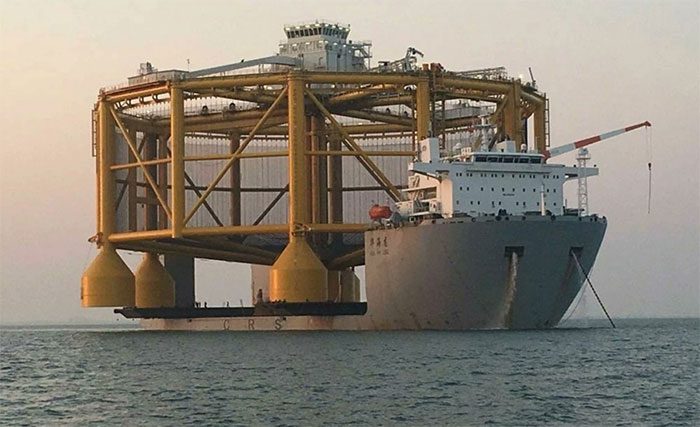
By 2030, the world needs to produce an additional 70% of food supplies, and we need to do so while using fewer resources and minimizing environmental impact. While oceans cover more than two-thirds of the Earth’s surface, only 2% of food production for humans currently comes from the sea. In fact, producing animal protein through aquaculture uses fewer resources and is more climate-friendly than livestock farming. With traditional fishing nearly depleted, increasing aquaculture production must play an essential role in feeding future generations.
Ocean Farm 1 was constructed by the China Shipbuilding Industry Corporation (CSIC) in Qingdao, China, and was placed in an open sea area off the coast of Frohavet in Central Norway in the autumn of 2017. Since then, two production cycles have been completed, providing 10,000 tons of high-quality salmon to the market.
Olav-Andreas Ervik, CEO of SalMar Ocean, the division responsible for offshore business, stated: “We have been able to observe strong biological results at Ocean Farm 1, with robust growth rates, low mortality rates, minimal sea lice levels, and production costs comparable to the best coastal sites.”
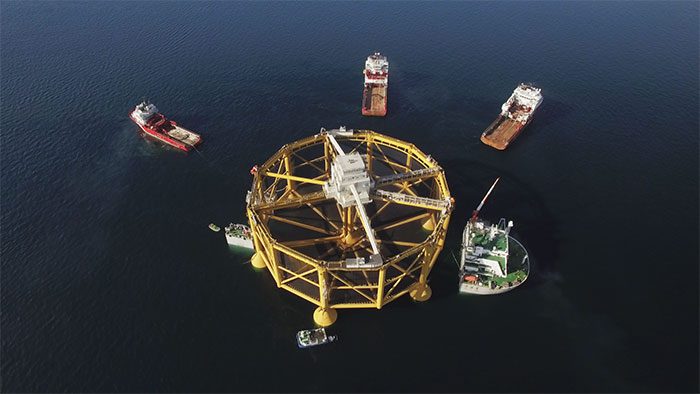
The Norwegian Ministry of Fisheries and Coastal Affairs recently decided to grant development licenses for aquaculture purposes. The aim is to promote new technologies that can ensure full growth while maintaining environmental sustainability. The Ocean Farm project is a response to this challenge, and SalMar is the first seafood producer in Norway to be awarded this type of development license.
Ocean Farm 1 is expected to reach full operational capacity in spring 2023. According to the latest report on “The State of World Fisheries and Aquaculture” by the Food and Agriculture Organization of the United Nations (FAO), global aquaculture production reached a record 122.6 million tons in 2020, with a total value of $281.5 billion.
Total aquaculture production is projected to reach 202 million tons by 2030, primarily due to the sustainable growth of aquaculture, expected to reach 106 million tons by 2030.
Aquaculture plays a crucial role in FAO’s 2022-2031 Strategic Framework, aiming to support 35-40% growth in global aquaculture by 2030.
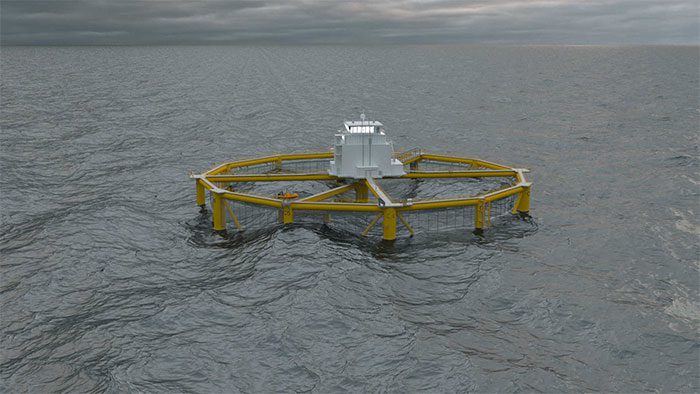
Behind the project is a unique interdisciplinary collaboration among leading organizations in Norway in the fields of aquaculture, offshore activities, and marine research. The result is a structure built on robust technology and principles used in offshore submerged installations, while also safeguarding the biological needs of salmon. As technical solutions were developed, every fish farming process was scrutinized, and new approaches were established for various operational procedures. The structure complies with the specific manufacturing standards of the aquaculture industry, as well as relevant offshore oil and gas standards.
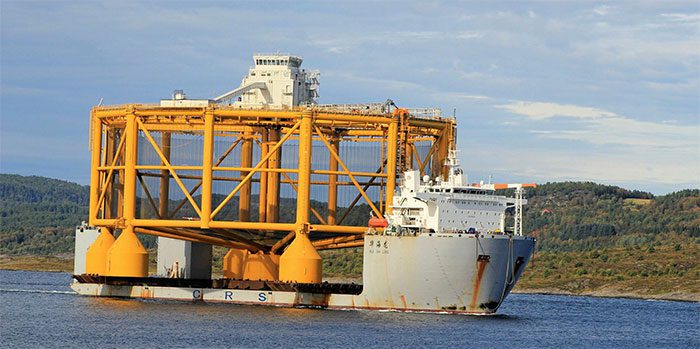
Ocean Farm 1 is a full-scale pilot facility for testing, learning, research, and development. It will be equipped for R&D activities, specifically focusing on biological conditions and fish welfare. With the goal of reducing environmental pollution, improving fish welfare, and addressing space-related challenges, the solutions learned and developed from this project could represent a new era in sustainable seafood production – with potential for global adaptation.
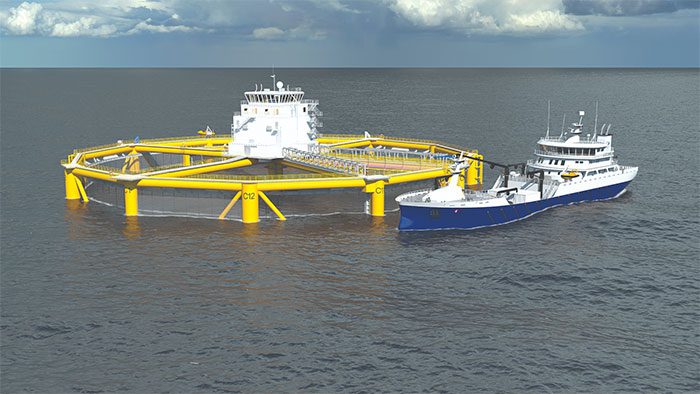
The company behind Ocean Farm 1 is Ocean Farming AS, a subsidiary of the SalMar Group. Ocean Farming was established specifically to develop offshore fish farming capabilities.




















































